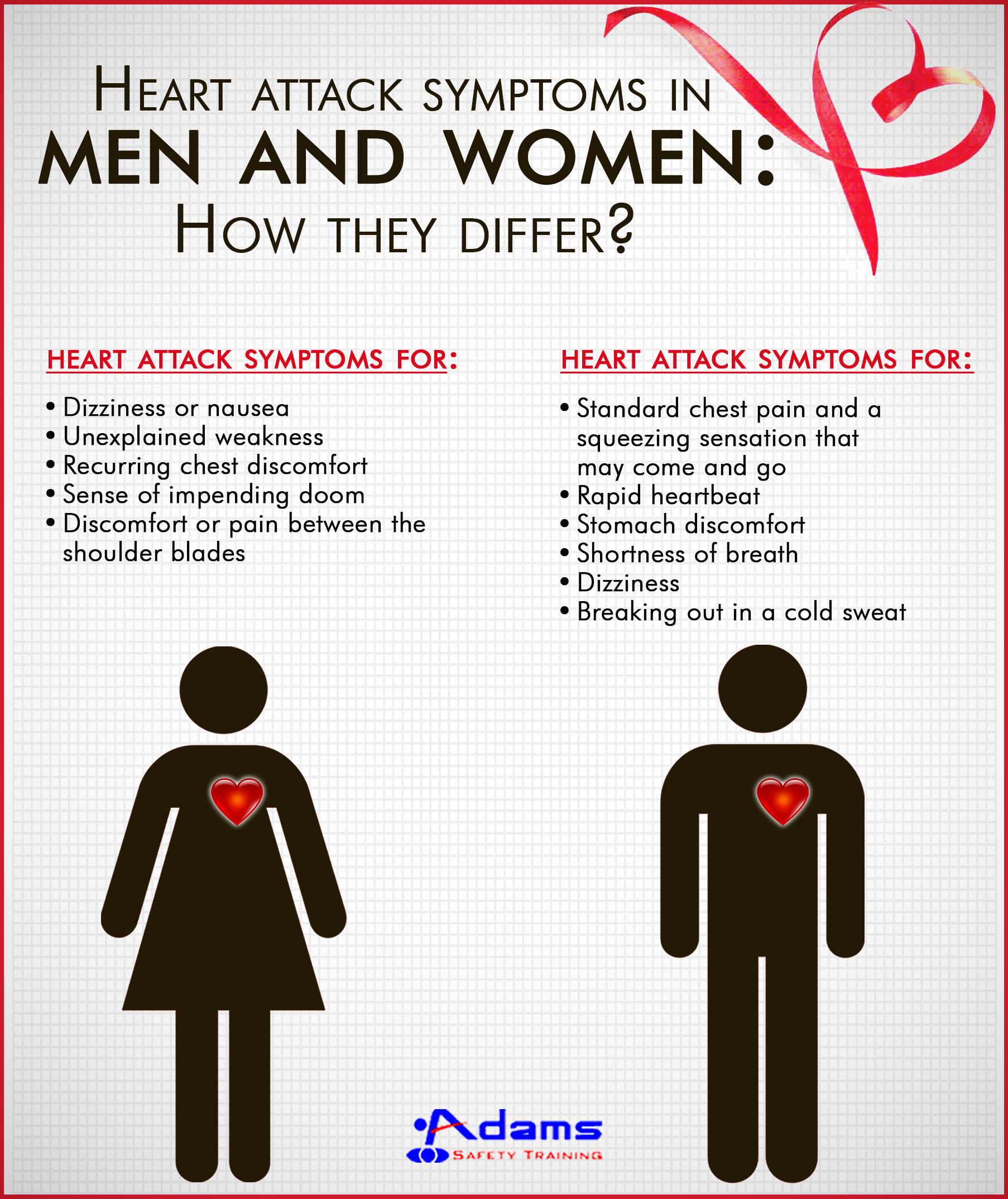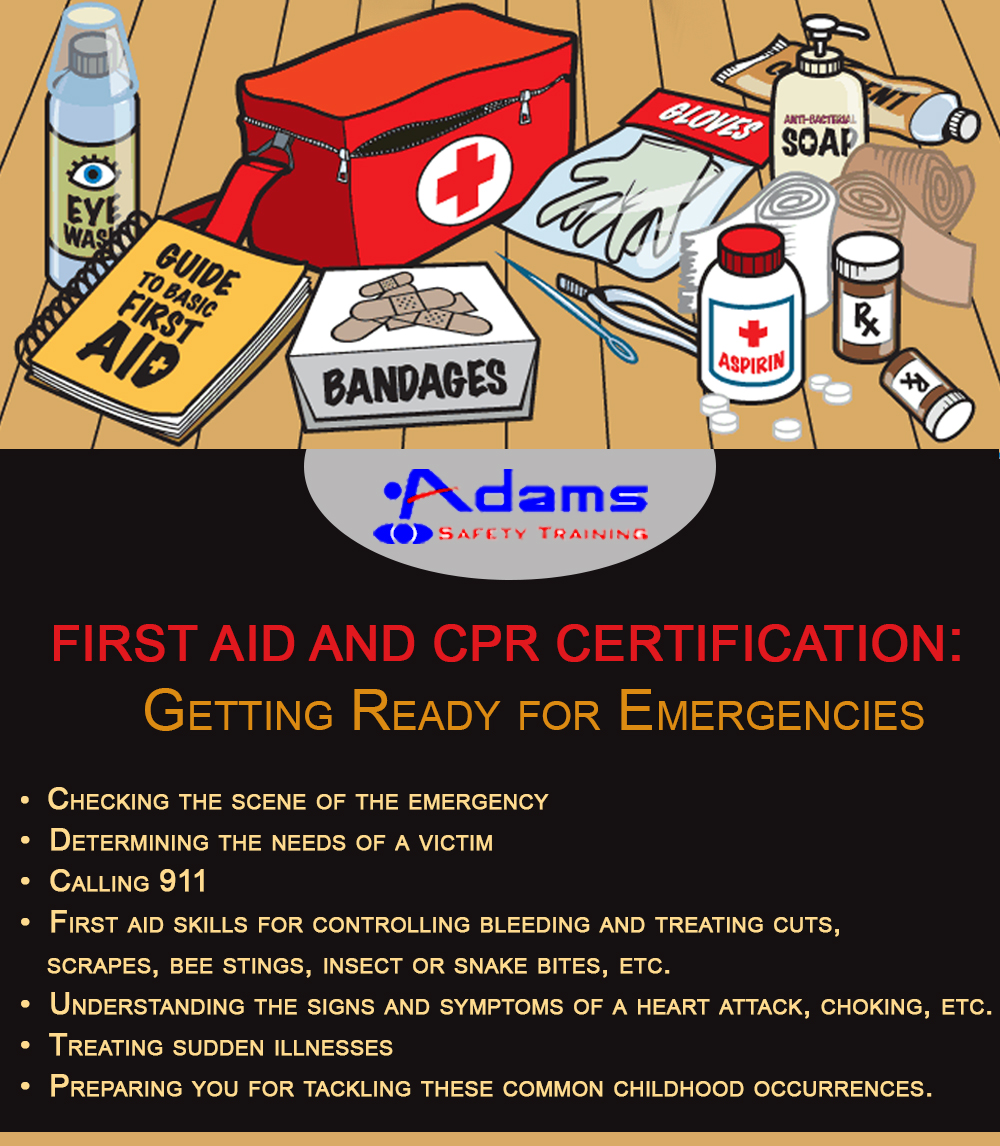When it comes to heart problems, men and women are not equal. The classic thinking of most people say that chest pain is the common symptom of a heart attack both in men and women. However, more recent studies have suggested that women are more likely to experience a heart attack without chest pain than men. That’s why it’s important for people to understand the variety of symptoms of a heart attack. The early symptoms of heart attack in men and women may include discomfort in the chest, pain in the neck and shoulder area, stomach or abdominal pain, severe anxiety, breathlessness and nausea & vomiting.

Women are more likely to experience the following heart attack symptoms:
• Dizziness or nausea
• Unexplained weakness
• Recurring chest discomfort
• Sense of impending doom
• Discomfort or pain between the shoulder blades
Men are more likely to experience the following heart attack symptoms:
• Standard chest pain and a squeezing sensation that may come and go
• Rapid heartbeat
• Stomach discomfort
• Shortness of breath
• Dizziness
• Breaking out in a cold sweat
Though men and women have different symptoms of heart attack, but sooner they get help from first aid responders/bystanders, the better are their chances to survive. Only people trained in CPR can recognize the signs and symptoms of heart attack and revive someone whose heart has stopped. Attend a CPR training course today to help someone survive heart attack emergency.





